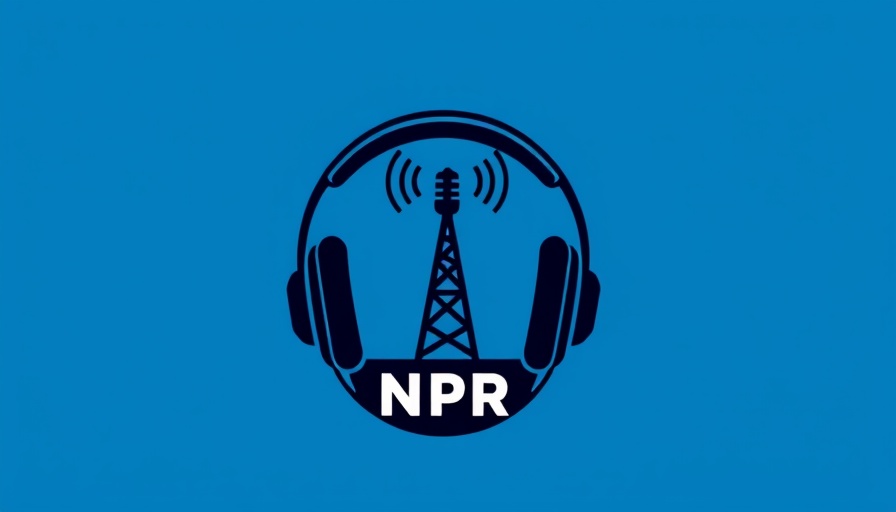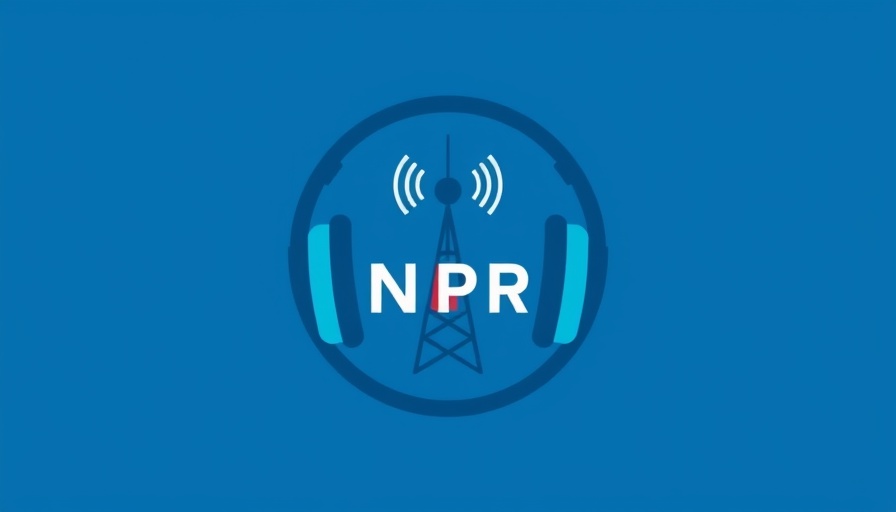
Understanding Post-Workout Soreness
Experiencing muscle soreness after a workout is a common complaint, but it's crucial to understand the nuances of when soreness becomes a concern. Known as delayed onset muscle soreness (DOMS), this sensation typically arises 24 to 48 hours post-exercise. While some level of discomfort can indicate that you've challenged your muscles effectively, excessively painful soreness may warrant a more in-depth examination of your workout routine and recovery strategies.
The Science Behind Soreness and Muscle Recovery
When you engage in rigorous physical activity, particularly activities that involve eccentric muscle contractions (like lowering weights), microscopic tears occur in muscle fibers. This process triggers an inflammatory response, leading to soreness. However, mitigating this soreness and expediting recovery is essential, particularly for busy professionals whose schedules demand quick turnaround times.
Effective Recovery Techniques to Implement
Incorporating a well-rounded recovery routine can significantly reduce post-workout soreness. Here are some foundational strategies:
- Active Recovery: Engaging in light physical activity, such as a walk or gentle cycling, can help stimulate blood flow to recovering muscles.
- Hydration: Keeping properly hydrated is essential in aiding recovery; dehydration can exacerbate muscle soreness.
- Stretching and Foam Rolling: Implementing static stretching can relieve tightness, while using a foam roller aids in the release of muscle knots and increases blood circulation.
- Nutritional Support: A diet rich in protein, omega-3 fatty acids, and antioxidants can considerably expedite muscle recovery post-exercise. Foods like salmon, berries, and egg whites should feature prominently in your diet.
Emotional and Psychological Aspects of Exercise Recovery
Physical fitness isn't just about the body's condition; it's vital to also consider mental and emotional well-being. For seasoned professionals, high-pressure environments can make it challenging to maintain consistency in workout routines, and this can lead to increased stress and anxiety. Understanding that muscle recovery is a part of the journey can ease these mental burdens. Finding joy in fitness and recovery rather than viewing it purely as a chore encourages a healthier mindset.
Cultural Perspectives on Fitness and Recovery
Globally, perceptions of fitness and the need for recovery vary. In some cultures, fitness is intertwined with social connections, making it a community effort rather than a solitary endeavor. Engaging with fitness communities not only fosters motivation but can also open up further resources on effective recovery practices. Participation in group workouts or community fitness challenges can provide fresh insights into best practices for muscle recovery.
Future Predictions: The Role of Technology in Fitness Recovery
The fitness tech industry is continuously evolving, introducing innovative solutions that enhance recovery processes. Wearable technology is at the forefront, with devices that monitor muscle recovery metrics and provide real-time feedback. As these technologies become more sophisticated, they pave the way for personalized recovery plans tailored to individual needs. Marketers and tech professionals can benefit significantly by engaging with these advancements, understanding how they align with consumer demands in health and wellness.
Actionable Insights to Enhance Recovery
Implementing a post-workout recovery plan not only supports muscle health but also contributes to long-term performance enhancement. Here are several actionable insights:
- Prioritize after-workout meal prep to ensure timely nutrition intake post-exercise.
- Set weekly recovery goals, including dedicated active recovery days, to keep your routine balanced.
- Utilize apps or wearable devices to track muscle recovery and adjust workouts accordingly.
Investing time in a comprehensive recovery routine can enhance performance, reduce injury risk, and lead to a more enjoyable workout experience. For business professionals juggling their careers with fitness, implementing these strategies can yield substantial benefits both physically and mentally.
Ultimately, don’t overlook the importance of recovery. As you integrate these techniques into your routine, you’ll likely discover not just a reduction in soreness, but also an overall enhancement in your quality of life. Consider reaching out to a fitness professional for personalized guidance on optimizing your post-workout recovery routine.
 Add Row
Add Row  Add
Add 




 Add Row
Add Row  Add
Add 

Write A Comment